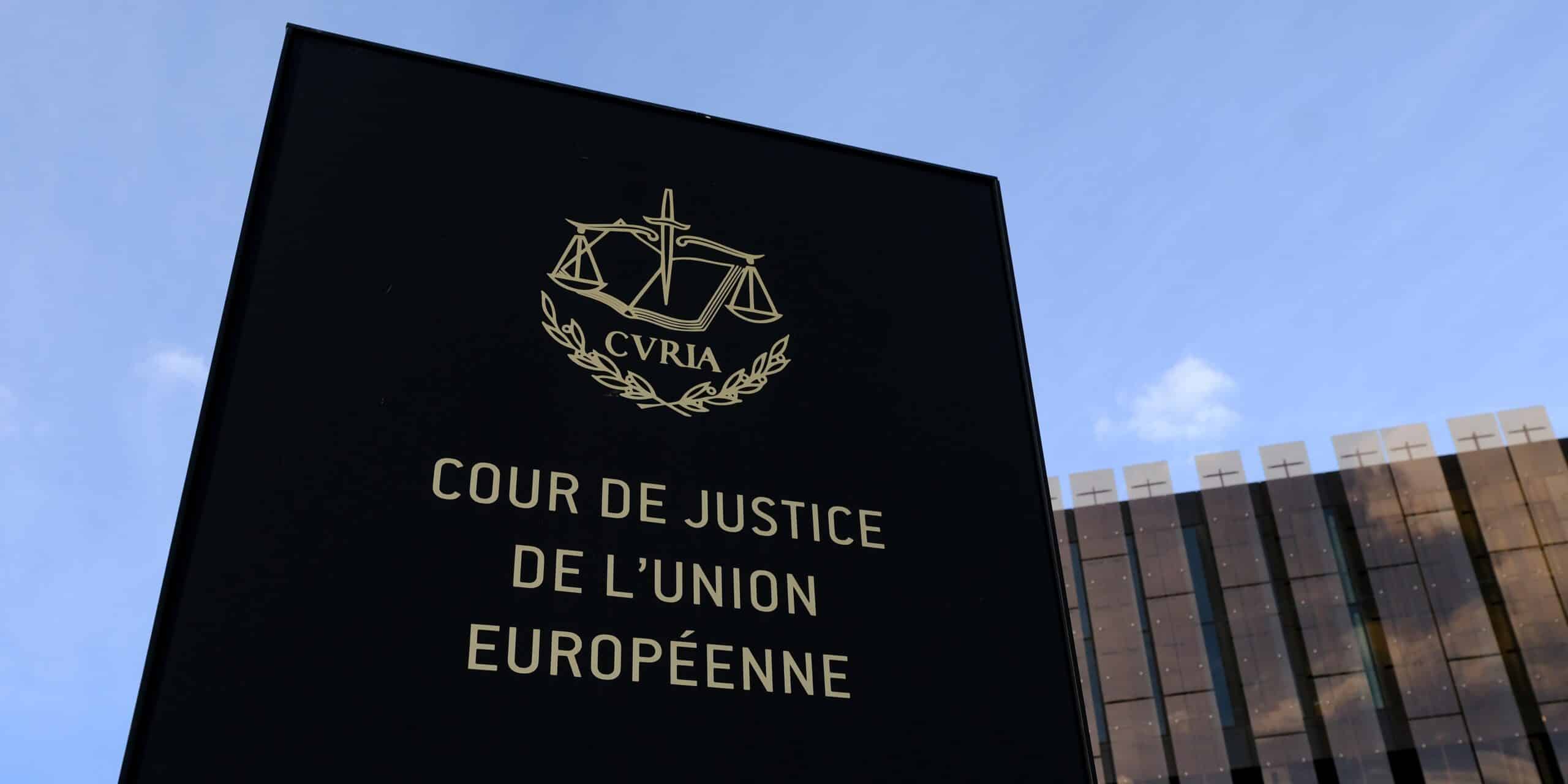[EXAMPLE]
Enhancing Transparency and Trust: The Significance of the Conformity Flag in LEI Code System

In an age where financial transactions traverse borders with ease and the intricacies of global markets become ever more complex, maintaining transparency and trust within the financial system is paramount. One key tool in achieving this is the Legal Entity Identifier (LEI) code system. Amidst its various components, the conformity flag stands out as a critical element in ensuring the reliability and integrity of LEI data.
The LEI system, introduced after the 2008 financial crisis, was designed to provide unique identification for entities engaging in financial transactions. Its primary goal is to enhance transparency, mitigate systemic risk, and support authorities in assessing and monitoring financial stability. At its core, the LEI code serves as a global reference system, linking various reference data attributes to a single, standardized identifier.
Within this system, the conformity flag plays a vital role. Essentially, the conformity flag indicates whether the reference data associated with an LEI is in line with the standards set by the Global Legal Entity Identifier Foundation (GLEIF). This distinction is crucial in distinguishing between reliable and potentially unreliable data, thereby bolstering the credibility of the LEI system as a whole.
By incorporating the conformity flag, the LEI system enables users to assess the quality and accuracy of LEI data quickly. Entities can easily identify whether an LEI’s reference data complies with the established standards, providing assurance regarding the entity’s legitimacy and the integrity of its information. This transparency fosters trust among market participants, regulators, and other stakeholders, ultimately contributing to the stability and efficiency of financial markets.
Moreover, the conformity flag serves as a mechanism for data validation and error detection within the LEI system. When discrepancies or inconsistencies are identified, the non-conformity flag alerts users to potential issues, prompting further investigation and corrective measures. This proactive approach helps maintain data accuracy and reliability over time, ensuring that the LEI system continues to fulfill its intended objectives effectively.
Beyond its immediate benefits, the conformity flag also facilitates regulatory compliance and reporting requirements. Financial institutions and regulatory bodies rely on accurate LEI data for various purposes, including transaction reporting, risk management, and regulatory supervision. The presence of the conformity flag streamlines these processes, enabling stakeholders to confidently utilize LEI data in their operations while adhering to regulatory mandates.
Furthermore, the conformity flag supports efforts to combat financial crime and illicit activities. By flagging non-conforming LEI data, authorities can identify potential red flags indicative of fraudulent or suspicious behavior. This capability strengthens the effectiveness of anti-money laundering (AML) and counter-terrorism financing (CTF) measures, reinforcing the global fight against financial crime.
Looking ahead, the role of the conformity flag in the LEI system is likely to evolve further. As financial markets continue to innovate and digitalize, the need for reliable and standardized identification mechanisms will only intensify. Enhancements in data analytics, artificial intelligence, and blockchain technology may offer new opportunities to enhance the functionality and utility of the conformity flag, driving continuous improvement in the transparency and integrity of the LEI system.
In conclusion, the conformity flag stands as a cornerstone of the LEI code system, underscoring its significance in promoting transparency, trust, and reliability within the global financial landscape. By signaling adherence to established standards and facilitating data validation, the conformity flag reinforces the credibility of LEI data, supports regulatory compliance, and strengthens efforts to combat financial crime. As the financial ecosystem evolves, the conformity flag will remain a vital tool in safeguarding the integrity and stability of markets worldwide.



